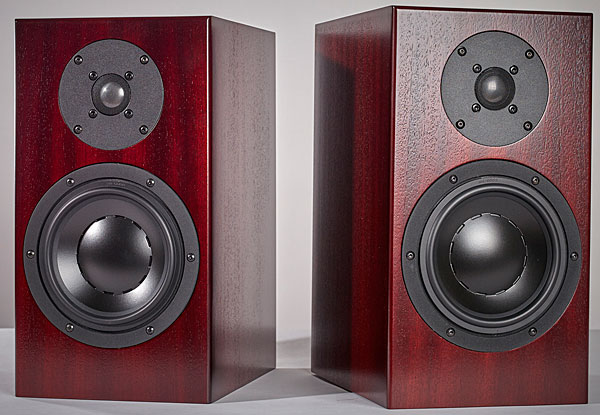| Columns Retired Columns & Blogs |
The LS3/5a's I bought circa 1975-1976, adjusted for inflation, come out to about the same price - mid-$2000's. But those Rogers speakers gave me anxiety, especially given that my loaner pair had a blown woofer. This new Totem reads like a bargain.








































